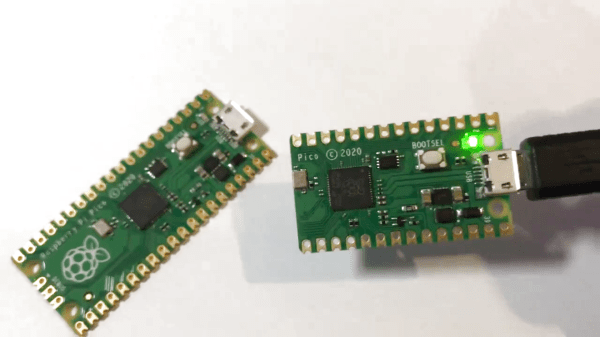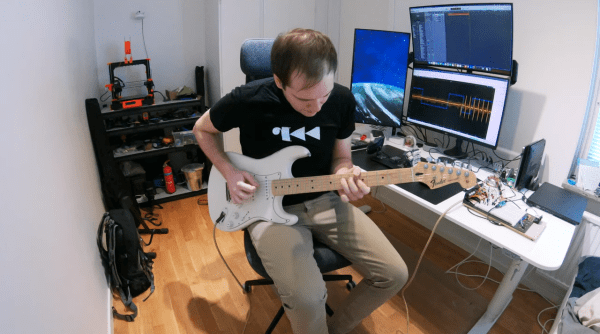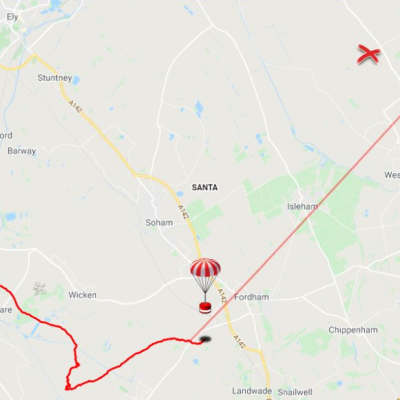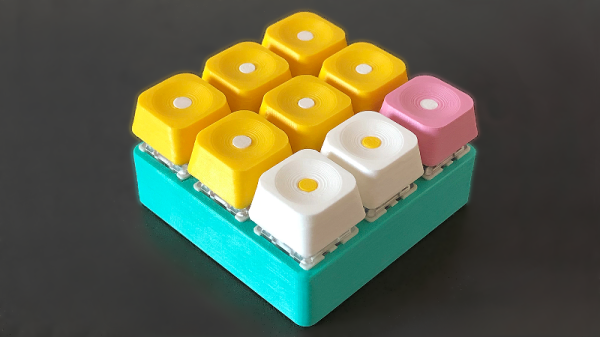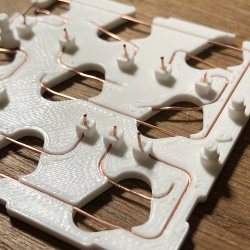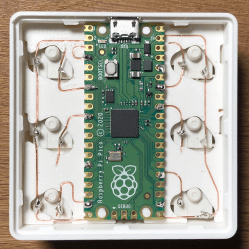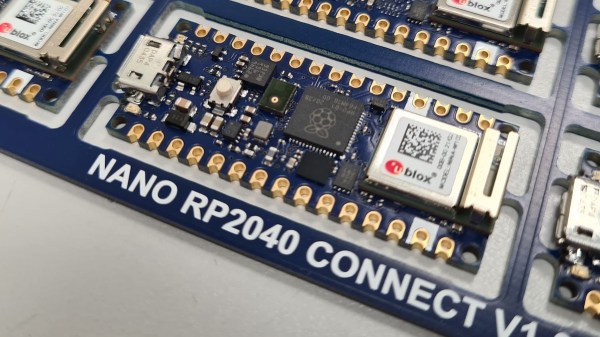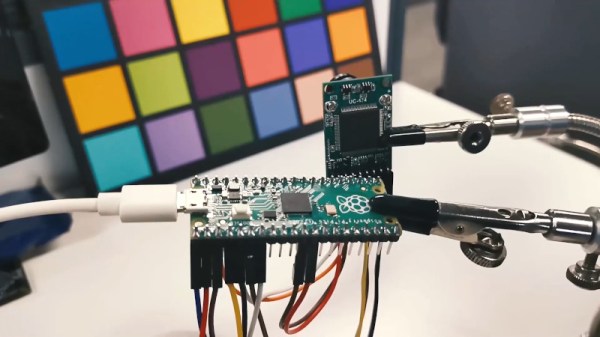The Raspberry Pi Pico is the hot new star of the microcontroller scene, with its fancy IO hardware and serious name recognition. Based on the RP2040 “Raspberry Silicon” chip, it’s introducing fans of the single-board computer line to a lower level of embedded development. The Pico isn’t big, as its name suggests, but miniaturization is a never ending quest for improvement – so [That Dragon Guy] decided to see if the devboard could be smallified further at a minimum of cost.
While other smaller RP2040 boards are reaching the marketplace, they all cost a lot more than the $4 of the Pico. Thus, [That Dragon Guy] got creative. Having realised that the bottom section of the board was only full of passive traces and pads, he simply hacked it off with a scroll saw and sander. This gives a 30% reduction in footprint, at the cost of some mounting holes, GPIO pins and the debug interface.
In testing, the rest of the board continued to function perfectly well, so we’re calling this a win. It builds on amusing experiments [That Dragon Guy] had done before with the Raspberry Pi B+ which gave us a good chuckle. The Raspberry Pi has always been a minimalist darling, with the Pi Zero of 2015 being a bit of a gamechanger, and much beloved by this writer. Video after the break.
Continue reading “Slimming The Raspberry Pi Pico With A Hacksaw”

